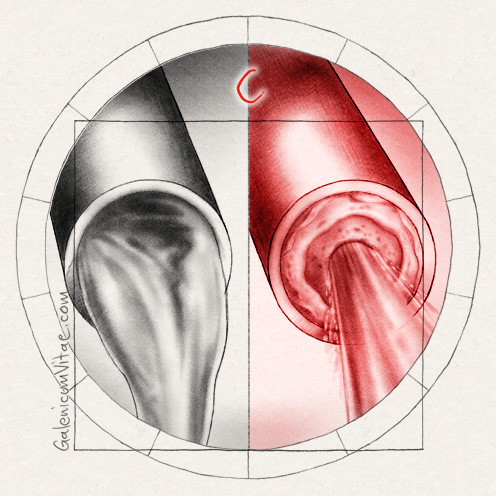A person is hypertensive when he repeatedly has systolic blood pressure (the maximum) equal to or greater than 150 mmHg or diastolic blood pressure (the bottom number) at or above 90 mmHg. The criteria may vary from person to person, depending on the disease the person is suffering.
Just one measurement of blood pressure is not sufficient to be diagnosed with high blood pressure. The tension varies with the circumstances (effort, posture, stress...) and therefore must be measured over several visits or by ambulatory blood pressure monitoring (ABPM). For the diagnosis of hypertension, all blood pressure values must be high.

 Digestive
Digestive  Blood
Blood Cardiovascular
Cardiovascular Dermatology
Dermatology Genitourinary,
Genitourinary, Hormones
Hormones Infections
Infections Oncology and
Oncology and Musculo-skeletal
Musculo-skeletal Mental health and
Mental health and Parasites
Parasites Respiratory
Respiratory Senses
Senses Various
Various




